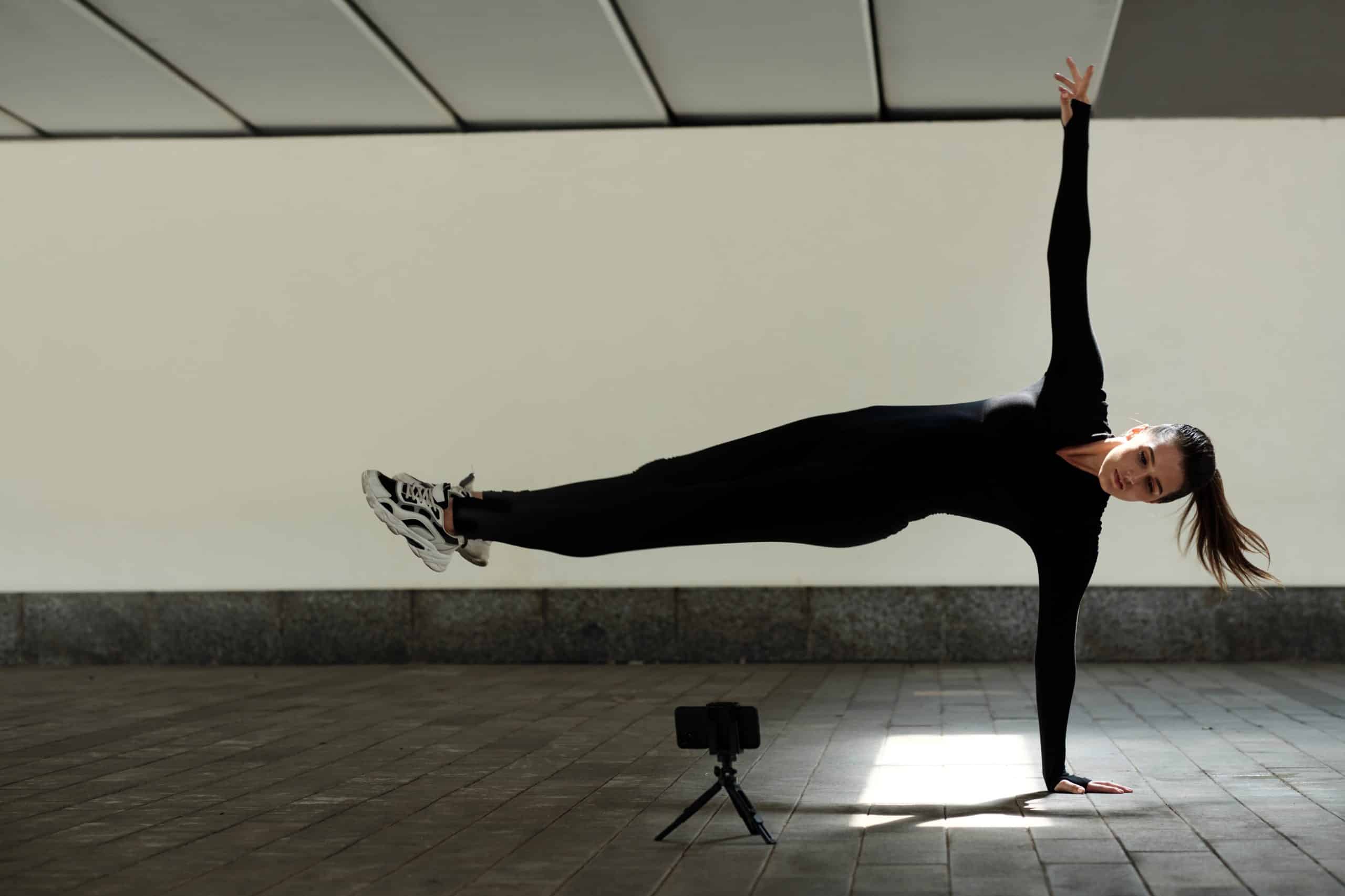The intersection of sports and technology has always been fascinating. It’s where high-performance meets high-tech. More and more, we are seeing the integration of advanced tech components into the sphere of sports, often with the aim of enhancing performance, reducing risk of injury, and improving overall training efficacy. One such technology that has made waves in the sports industry recently is smart textile wearables. These innovative devices combine fashion with functionality, offering unprecedented access to real-time data about an athlete’s performance.
Smart Textile Wearables – Redefining Sports and Athlete Monitoring
Smart textile wearables are a new breed of device, blending the aesthetics of clothing with the power of cutting-edge technology. These are not your typical fitness bands or smartwatches. They are advanced apparel, equipped with tiny sensors and IMU’s (Inertial Measurement Units), designed to monitor various aspects of an athlete’s training and performance.
Also to read : How Is Deep Learning Aiding in the Discovery of New Materials for Electronics?
For instance, imagine a shirt that, while appearing to be an ordinary garment, is in reality a sophisticated data gathering tool. Equipped with various sensors and microchips, the shirt can monitor the wearer’s heart rate, body temperature, sweat levels, and even muscle engagement. All this data is then transmitted to a processing system, which can be a smartphone, a laptop, or a dedicated device.
Google, among others, is pioneering this field of smart textile wearables. Their project, code-named "Project Jacquard," aims to weave touch and gesture interactivity into any textile, essentially turning them into interactive surfaces.
Also to discover : How Does Smart Irrigation Technology Utilize Weather Data for Water Conservation in Agriculture?
The Impact of Real-Time Data on Athlete Performance and Training
The ability to gather real-time data from athletes during training sessions or even actual sports events is a game changer. Traditionally, coaches and trainers had to rely on after-action reports, videos, and the athletes’ own feedback to analyze performance and design training regimes. However, with smart textile wearables, this has changed.
By providing coaches and trainers with real-time data about an athlete’s performance, these devices allow for immediate feedback and adjustment. If a runner’s heart rate is climbing too rapidly during a training run, the coach can see this data in real-time and instruct the athlete to pace themselves better.
The data provided by these wearable devices can be far more detailed than what a coach would be able to see with the naked eye. For example, IMU’s can provide information on the wearer’s motion, velocity, and orientation. This information can be vital in sports where precise movement and positioning are crucial.
Wearable Technology’s Role in Preventing Injuries and Enhancing Rehabilitation
In addition to improving performance, wearable technology can play a significant role in preventing injuries and aiding rehabilitation. By monitoring minute changes in an athlete’s biomechanics, these devices can detect the onset of physical stress that could lead to injury.
For example, a slight change in an athlete’s gait or running pattern can be indicative of muscular imbalance or fatigue, both of which could lead to injury if not addressed. By detecting such changes in real-time, smart textile wearables could allow for intervention before the injury occurs.
Similarly, during the rehabilitation phase post-injury, these wearable devices can provide crucial data to therapists and trainers, helping them design and monitor rehabilitation plans more effectively. The continual flow of data can indicate whether the athlete is recovering as expected or if adjustments need to be made to the rehabilitation plan.
Challenges and Future Directions in the Field of Smart Textile Wearables
Like any emerging technology, smart textile wearables face their fair share of challenges. One of the main areas of concern is the accuracy and reliability of the data collected by these devices. While strides have been made in this area, there is still room for improvement.
Privacy and data security are other concerns. With so much personal and potentially sensitive data being collected and transmitted, strong safeguards need to be put in place to prevent unauthorized access or misuse of this data.
Despite these challenges, the future of smart textile wearables in sports looks promising. With further research and development, we can expect to see even more sophisticated devices that can monitor a wider range of performance metrics in real-time.
In conclusion, smart textile wearables represent an exciting intersection between sports and technology. The potential for these devices to improve training, enhance performance, and even help prevent injuries is immense. Coaches, athletes, and sports enthusiasts alike should keep an eye on this rapidly evolving field. The future of sports may well be woven into the very fabric of the athletes’ attire.
The Role of Wearable Technology in Providing Valuable Insights in Team Sports
Team sports are a whole different ball game when it comes to the utility of wearable technology. In contrast to individual sports, team sports require synchronization and coordination among several athletes simultaneously. This is where the power of smart textile wearable technology can truly shine.
Imagine a game of soccer. The coach can simultaneously monitor the heart rate, movement dynamics and effort level of each player in real-time, thanks to these wearable devices. This collection of data allows the coach to understand when a player is overexerting, dwindling in their energy levels or moving inefficiently through the field. The technology could also track performance by measuring metrics like distance covered, speed, and intensity level throughout the game.
Moreover, the wearable technology can also be a crucial tool for coaches to study the opponents. They can analyze the data from previous matches to understand the strengths and weaknesses of rival teams. This real-time and comprehensive data revolutionizes the strategic aspect of team sports, empowering coaches to make informed decisions and optimize team performance.
Yet, the real beauty of wearable technology in team sports is the ability to individualize data. Each athlete has unique physical characteristics and performance capabilities. Smart textile wearables can cater to this individuality, providing personalized data for each athlete, enabling coaches to design more efficient, tailored training loads and thus improving the overall team performance.
The Future of Sports Industry with the Advent of Wearable Tech
The sports industry is only just beginning to realize the potential of wearable tech. As the technology continues to evolve, the possibilities are truly endless. Aside from monitoring performance and preventing injury risk, wearable tech can contribute to the sports industry in various other ways too.
For instance, smart textile wearables could enhance the spectator’s experience. In the future, fans might be able to access real-time statistics of their favorite athletes during live events. This would add an interactive and immersive layer to the viewing experience.
Furthermore, the data collected through wearable tech could boost sports science research. The detailed insights into the athletes’ performance and physiology could open up new avenues for understanding and enhancing human physical capabilities.
On the business side, this technology can create new revenue streams for sports teams and businesses through partnerships with tech companies. Companies like Google could benefit from sponsoring teams, providing them with the latest wearable tech, and gaining visibility and data in return.
However, it is important to remember that the full integration of wearable tech into the sports industry will take time. There are challenges to be overcome, many of which are related to data accuracy, privacy, and security. But with the right balance of innovation, regulation, and respect for privacy, the future of wearable tech in sports appears bright.
In conclusion, the increasing integration of smart textile wearables into the sports industry is a promising development. The potential of these wearable devices to provide real-time performance metrics, prevent injuries, and enhance training regimes is significant. The sports industry, athletes, and fans alike should eagerly anticipate the further evolution of this technology. The world of sports, as we know it, is set to be revolutionized by the threads of technology woven into the fabric of the athletes’ wear.






